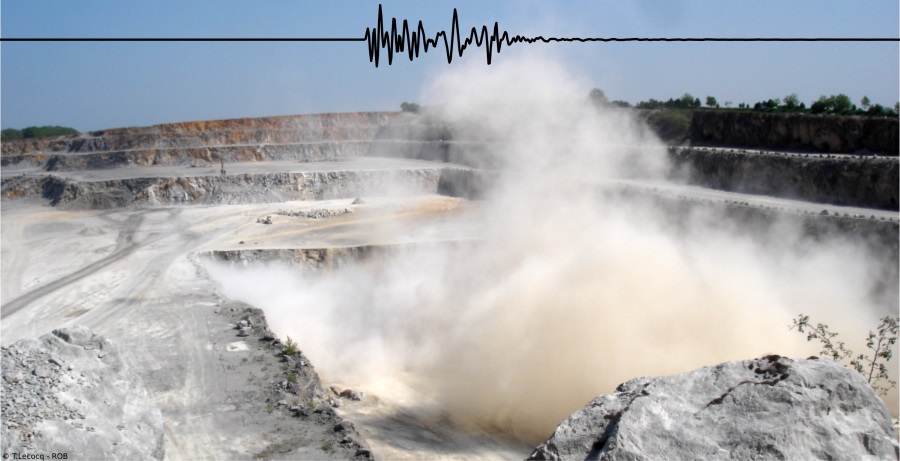Monitoring, discriminating and managing seismicity induced by industrial activities

We are observing an increasing number of man-made earthquakes, which can be induced by e.g. explosions, hydrocarbon storage and extraction, shale gas and oil exploitation, geothermal energy exploitation, mining operations, CO2 sequestration, water reservoir management, etc.
In case of explosions, the earthquakes are caused by the detonation itself. They are essentially due to quarry blasts, civil engineering blasts, explosions of old bombs, nuclear tests, and tragic events such as gas explosions.
In the other cases, the earthquakes are caused by a change of stresses within the Earth’s crust or of friction properties along fault zones. These modifications can be caused by adding or removing masses, and by pumping or injection of gases and/or fluids.
A paper recently published in Review of Geophysics (1), provides a summary about the open questions on monitoring, discrimination, and management of induced seismicity. It outlines the scientific and societal challenges posed by the induced seismicity in Europe. Stakeholders like industry sectors and responsible authorities should be aware of this information.
Important points are:
-
Install dense seismic monitoring network adjusted to the geometry of
the industrial process; this is the responsibility of the project
operator under supervision of the competent authorities. The network
is necessary for accurate measurements of magnitudes and location of
the earthquakes. The scientific data must be accessed, used and
published without any barrier; these data must be available to the
authorities and scientists;
Such a network should be in operation before the industrial activity takes place, in order to get insights in the natural seismicity. - Developing or using tools to produce reliable results in real time;
- Study of the seismic hazard and its temporal evolution (probability of occurrence of a given level of ground motion due to earthquakes) and risk (probability to experience damage, estimate of costs); determination of mitigation measures;
- Action plan: e.g. “traffic light system” with threshold values above which the industrial activity must slow down or stop. This system can be based on magnitude, b-value (i.e. the number of earthquakes as a function of magnitude), and location of the events (e.g. watching if there is an interaction with known, preexisting faults). The plan should also establish modification protocols of the industrial process in advance (this comprises abandon).
- Regulations should be established at the European level.
Some important introductory papers to this issue, with references therein:
More information? Michel Van camp, m.vancamp@seismologie.be